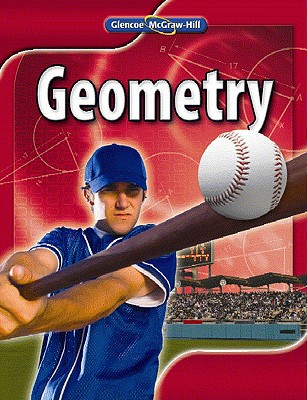
(a)
To draw a perspective drawing using a vanishing point and a rectangle above the point to make the 2-D drawing appear 3-D
(a)
Explanation of Solution
Given Information: From one vanishing point objects can be drawn from different point of view as shown below
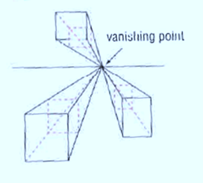
Step 1:
Draw a horizontal line and vanishing point on the line

Step 2:
Draw a rectangle above the above the vanishing point.
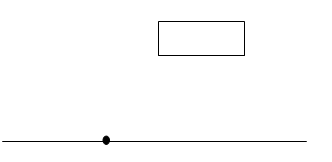
Step 3:
Using the vanishing point draw the perspective drawing of the rectangle above the line.
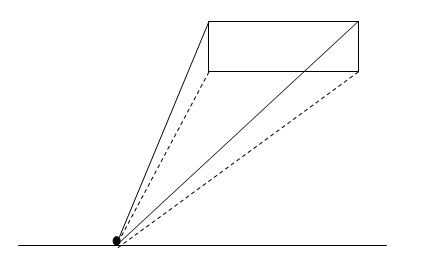
(b)
To draw a perspective drawing using a vanishing point and a rectangle below the point to make the 2-D drawing appear 3-D
(b)
Explanation of Solution
Given Information: From one vanishing point objects can be drawn from different point of view as shown below

Step 1:
Draw a horizontal line and vanishing point on the line

Step 2:
Draw a rectangle above the below the vanishing point.
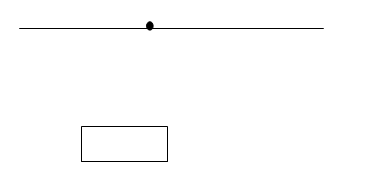
Step 3:
Using the vanishing point draw the perspective drawing of the rectangle below the line on the same drawing window in part (a)
(c)
To describe the different views of the two drawings in part (a) and part (b)
(c)
Explanation of Solution
From the figure (a) when the rectangle is above the vanishing point we can see the bottom of figure.
From the figure (b), when the rectangle is below the vanishing point we can see the top of figure.
Chapter 12 Solutions
Geometry, Student Edition
Additional Math Textbook Solutions
A Problem Solving Approach To Mathematics For Elementary School Teachers (13th Edition)
A First Course in Probability (10th Edition)
Introductory Statistics
Intro Stats, Books a la Carte Edition (5th Edition)
College Algebra with Modeling & Visualization (5th Edition)
Algebra and Trigonometry (6th Edition)
 Elementary Geometry For College Students, 7eGeometryISBN:9781337614085Author:Alexander, Daniel C.; Koeberlein, Geralyn M.Publisher:Cengage,
Elementary Geometry For College Students, 7eGeometryISBN:9781337614085Author:Alexander, Daniel C.; Koeberlein, Geralyn M.Publisher:Cengage, Elementary Geometry for College StudentsGeometryISBN:9781285195698Author:Daniel C. Alexander, Geralyn M. KoeberleinPublisher:Cengage Learning
Elementary Geometry for College StudentsGeometryISBN:9781285195698Author:Daniel C. Alexander, Geralyn M. KoeberleinPublisher:Cengage Learning

